Objets d’art
The value of things to people
INSTALLATION + PERFORMANCE
BY HANNAH KINDLER & MOULSARI JAIN
—
"What's the deal?" GROUP EXHIBITION
KREATIVEQUARTIER, MUNICH
2015
Hannah Kindler & Moulsari Jain share common ideas about artists questioning the status quo of our society, and challenging the way we live, and the things we accept as normal.
do objects lose their value when they have been used?
Value. What is it to different people, and who determines its scale? Are objects valued for the raw material that came from the earth, or are they valued for the human effort that went into making them useful objects, or even for the role they play in an individual’s life? And what happens when someone stops seeing the usefulness of an object, does it lose its value?
The used, discarded objects are displayed as valuable pieces of art, acknowledging their existence and importance enough to be placed on a pedestal or in a frame. Their descriptions are the stories of the role they played in the lives and identities of the people that once owned them.
The artists propose that these objects have a life and identity of their own, a story that involves the people who came across them and gave them purpose, but from whom they had to move on to the next phase of their lives, where they leave one owner in search of another. With them, however, they take their memories and experiences with their past owners forward into whatever future awaits them. Here, they pause to be acknowledged for their value, and all they have already added to the world by their existence.
The artists re-evaluate the value of the physical objects in our lives, proposing this value system as a new and normal part of societal culture to aspire to, as a part of healthy living together on a planet we share and not just as disconnected individuals consuming and taking whatever we want from the earth.
Each physical object is accompanied by an audio recording of the last owner telling the story of its role in his or her life.
The artists provide a photo studio to invite the viewer to participate with an object of their own.
BECOME PART OF THE INSTALLATION
Do you have an object that you no longer use but still feel some attachment to? Do you think someone else could benefit from it? What if you were to put it up for adoption by someone who would value it as much as you once did? What is the story of this object and its role in your life?
HOW TO PARTICIPATE
1 Place the object in the provided photostudio
2 Photograph the object to emphasise its volume and special characteristics
3 Print the photo with the provided printer
4 (Re)place the photo in one of the frames
5 Hang the frame on the wall to highlight its importance appropriately
6 Write the story of the object and its role in your life briefly on one of the provided A6 cards
7 Attach the story card to the wall next to the frame








